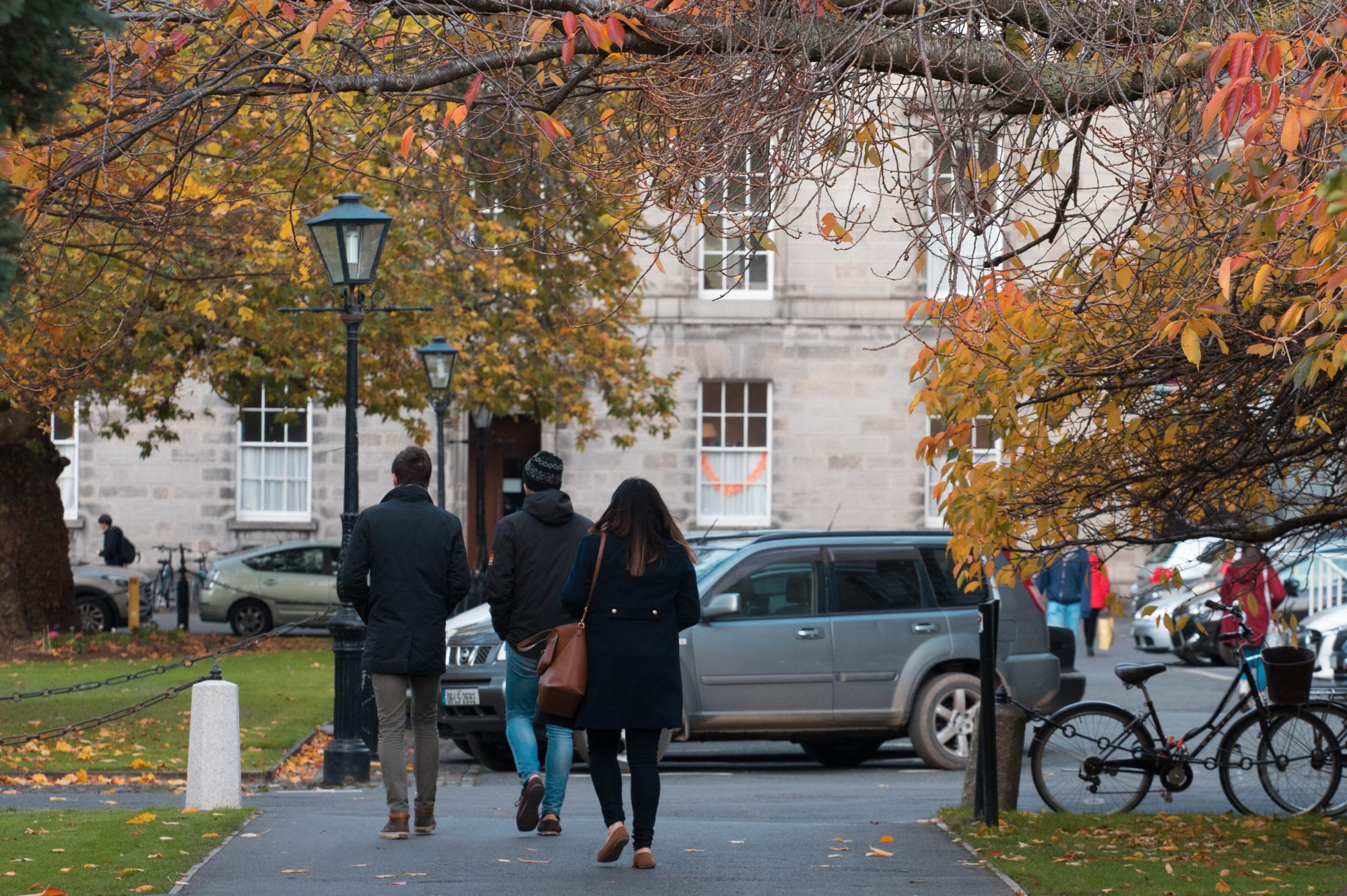Students and staff in colleges are to be allowed to keep just one metre of social distance instead of two in teaching settings where a two metre distance is not possible, following the release of guidelines for the reopening of higher education.
The guidelines for implementing public health measures in higher education institutions outline that a two metre distance should be maintained where possible, but that one metre is acceptable in instances where teaching could not be delivered if a two metre distance was put in place.
Face coverings should be worn in cases where the distance between students or staff and students has been reduced to between one and two metres, the guidelines advise.
“Under such circumstances the distance between student seats or workstations may be reduced to (but not less than) one metre, with appropriate precautions to minimise the risk of viral transmission, and specific provision made for vulnerable students,” the guidelines say.
“A physical distance of two metres should be maintained where possible. However, there are many situations where tuition can only be realistically delivered with less than two metres (but no less than one metre) distancing between students, and some exceptional circumstances (confined to laboratory and practical tuition) where two metre distance cannot be maintained between staff and students.”
“This is safe and should proceed, provided both staff and students take appropriate mitigation measures,” according to the guidelines.
Mitigation measures outlined by the guidelines include good hand hygiene, coughing and sneezing etiquette, and face coverings where social distance is between one and two metres.
The Irish Universities Association (IUA) said that higher education institutions have “unanimously welcomed the publication of the Implementation Guidelines for Public Health Measures in HEIs”.
“The Guidelines include a range of context-specific measures for Higher Education Institutions that have been drawn up by senior public health experts within the sector and endorsed by the Health Protection Surveillance Centre of the Health Service Executive,” the IUA said.
“The over-riding objective is to ensure the safe return of all staff and students to on-campus activity this autumn.”
Colleges and universities have been guided to introduce protocols for safe access to indoor spaces, particularly by using a one-way system or marked lanes to separate people moving into, out of, and around the building.
Limiting access to a campus overall has been deemed impractical and of little impact, as the risk of Covid-19 spreading outdoors is low.
Access to student accommodation should be controlled by the institution, the guidelines suggest, and students should not visit other buildings or host guests.
In June, Trinity announced that residents would not be allowed to have overnight guests or to hold parties in their rooms during Michaelmas Term.
The guidelines recommend that colleges have a “alternative residence space” for students living on campus who develop symptoms of Covid-19, and a space where students who live off-campus, such as in a family home, to to “wait safely away from others while waiting pick up from campus”.
There is no maximum time length imposed on how long a teaching session can last, or how long a person can spend in a research laboratory or office space, as long as social distancing and other measures are followed.
For postgraduate research students, the guidelines say that rotas could be used to minimise the number of people in a room at any given time.
Higher education institutions have been told that communication with their members and surrounding community will be key to raising awareness of how Covid-19 spreads, how to limit that spread, and other accurate information about risk and prevention.
The guidelines point to the differences between third level institutions and primary and secondary schools, such as the age of students, the scale of the campus, the number of daily contact hours, and that students generally are not confined to only one building, as well as buildings with better ventilation than most primary or secondary schools.
The IUA said that higher education institutions “will now work to finalise their plans for the next academic year based on these Guidelines and in collaboration with local staff and student representatives”.
Trinity’s new academic year is due to begin on September 28, three weeks later than in a usual year.
New first year students are to start lectures on October 5, with Freshers’ Week and teaching for returning students beginning on September 28.
Most lectures are to take place online, while smaller group teaching, such as tutorials and laboratory sessions, are to take place in person.






